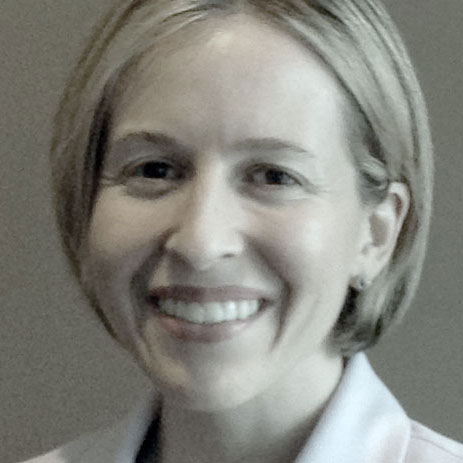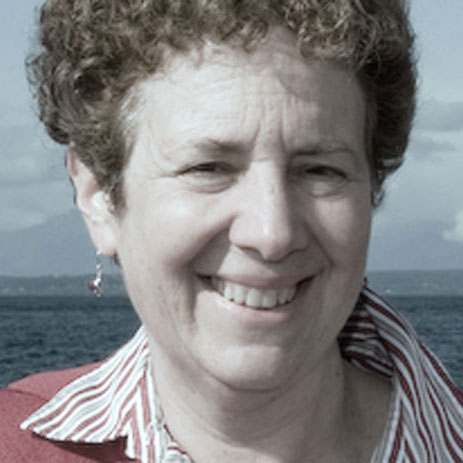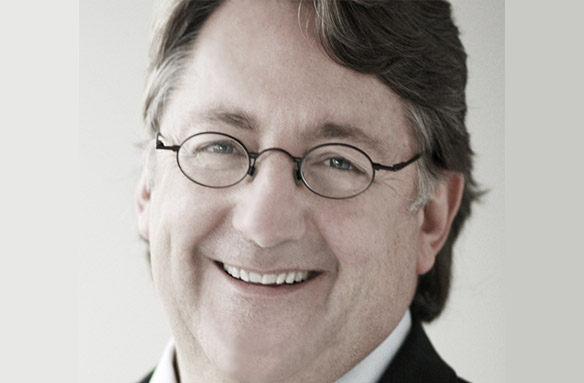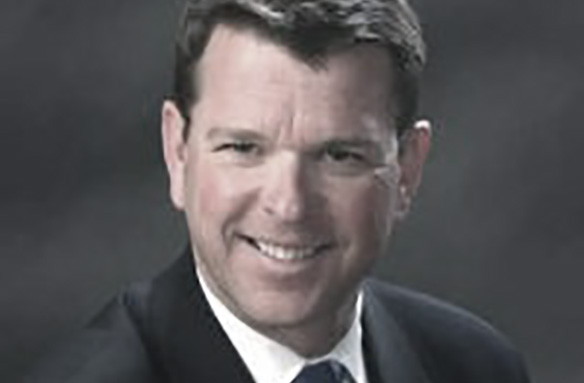An Ideal Partnership Between Charities and Professional Advisors
An Ideal Partnership Between Charities and Professional Advisors
by Wendy S. Goffe
The potential for philanthropy in our region is enormous. So many individuals have the resources and the inclination to be philanthropic, but not the inspiration or the opportunity. To achieve their potential, potential donors need the encouragement and support of their peers, their families and their professional advisors.
Professional advisors are critical in assisting and guiding clients to consider the role that philanthropy can play in their lives and the community they live in. Often, advisors are reluctant to bring up philanthropy with clients because they feel the subject is too personal and may be perceived as inappropriate or overreaching.
Some advisors fear raising the topic of charitable giving because it is not within their area of expertise and don’t want to enter unfamiliar territory, risking having to refer a client elsewhere for advice. Many donors report that their feelings about philanthropy were nurtured and developed by their financial, legal and accounting advisors. Where the topic was not presented as effectively, some clients report feeling that they were being sold a financial product.
Philanthropy is not too personal to discuss with our clients. It is actually a fundamental way for us to connect with them and help them to achieve their desired outcomes.
Discussing philanthropy belongs naturally in a list of common questions we typically ask our clients, such as: “What are your goals for retirement?” and “How do you want to provide for your children?” These questions can naturally lead to: “How do you want to provide for your community?”
If philanthropy is brought up in this way, in the context of exploring a client’s goals and values, it can be less threatening to both the client and the advisor.
Clients connect with advisors who can relate their own philanthropic commitments. I frequently tell clients how my husband and I conduct our annual “giving summit.” Early in January of each year we sit down together, with a cup of hot chocolate, and determine how much we want to give and how our charitable dollars are to be allocated. This always includes a list of identified charities as well as an amount to be designated as opportunities arise during the year. I don’t discuss amounts. But, at least clients get the idea that I don’t just give advice about philanthropy, I practice it as well.
It is important to refrain from promoting our own philanthropic agenda, unless that is the specific reason a client has come to you.
One roadblock to being able to discuss philanthropy is the fear that it is tied to death. We need to emphasize that philanthropy can be part of one’s lifestyle, not just something in a will. And, we need to point out the fun of giving while alive and being able to enjoy the fruits of our contributions, and see tangible change.
Taxes are an important part of planning, but by no means the only or even the most important part. Some clients annually give away more than they will be able to deduct, even with the five-year carry forward available to them.
In my practice, I am seeing a lot more values based estate planning. Many high net worth clients are spending time to create a family vision or a mission statement. They are concerned about family values, not just growing their wealth. When clients create a multi-generational estate plan, some type of charitable giving almost always becomes a critical part of the plan.
There is a lot of energy and thought put into teaching descendants to use wealth thoughtfully and responsibly. Often, high net worth clients are concerned about leaving too much wealth to their descendants. They are concerned about the effects that an overabundance of wealth may have on their children. They want to instill responsibility and civic concern, and enhance the relationships with and among their descendants. As a result, philanthropic planning is seen as a valuable financial parenting tool.
Advisors do not need to be charitable giving experts. We need to be familiar with various vehicles and their pros and cons. But, it is OK to call in Lorraine Del Prado, her staff and other planned giving professionals to assist you. Seattle has an enormous network of planned giving professionals to call upon as well, many of whom are able to provide advice at no cost to the potential donor.
Clients don’t lose respect for us when we don’t know the answer, if we know someone who does.
These are a few of the things potential donors need:
- Resources to cultivate their philanthropic interests;
- Opportunities to develop a mission statement and determine what
motivates their philanthropy; - Resources about giving choices and opportunities;
- Resources for long-term strategic planning; and
- Resources to create plans that suit their individual needs.
To be able to provide the things that donors need to be able to create a fulfilling and successful charitable giving plan, we need to build a network of professionals and together we can work as a team to provide these things.
Each part of the team can bring different skills and benefits to the table. The following is an outline of what each member of the team potentially has to offer.
Charities can serve as an important resource for professional advisors. Charities offer:
- Technical and marketing support, including, materials offering a step-by- step process for creating charitable entities, diagrams of charitable giving mechanisms and charts identifying the pros and cons of each, and calculations to illustrate the benefits of various proposals;
- Continuing education programs and networking opportunities for other professionals;
- Opportunities to advance clients’ philanthropic goals; and
- Strategies for helping clients shape values, goals, and mission.
Professional advisors can serve as a vital resource for charities. Professional advisors provide:
- Tax, financial and estate planning expertise;
- Service as speakers for events and seminars;
- Volunteers on advisory boards and planned giving committees;
- Education to the public on the benefits of charitable planning; and
- Research capabilities.
Advisors and charitable planners can work together to steward clients, serve their best interests, and facilitate legacy planning. Together, allied professionals can help donors determine:
- How much ongoing control over a gift a client desires;
- How much a client wants to include family in philanthropy and for how
long; - What kind of management and due diligence will be required; and
- What specific charitable causes they want to devote their time and
money to.
Clients don’t need us to make decisions for them, but they do need us to introduce them to professionals who can assist them with that process. Together, we can help donors have a more fulfilling giving experience. When professionals work together, the result is always greater than the sum of the parts.
Before I end, I want to bring up the importance of notifying charities of bequests and other planned gifts. The charitable recipient can count named and anonymous notifications as demonstrations of both the amount and the depth of community support. Planned gifts are also something grant makers consider, when determining whether a grant seeker is a worthwhile recipient of funds.
Notification of gifts enables a charity to personally thank and honor a donor while he or she is alive. Notification allows a charity to open a dialogue with the donor, enabling the donor to become well informed about a charity’s activities and experience a strong connection to its work, by meeting its leaders and its service population. Through that dialogue, the donor becomes able to designate a gift to the area where the donor wishes to make the most impact. Notification also sends a message to the community to follow the donor’s example.
None of us alone holds the key to tapping and expanding our region’s philanthropic potential. Working together, we jointly have the tools and the resources to make great strides towards educating the public and encouraging philanthropy, to transform the landscape of social causes.
TESTIMONIALS

There are many causes we care about deeply. Supporting them during our lifetimes brings us great joy. We know gifts we leave behind will make a meaningful difference in the lives of others and ensure the future strength of organizations that make for a better world.

Investing in the non-profit sector has been a rewarding part of my life – and I know both my community and my business are stronger today because of it. Joining with others to explore ways we can make our communities thrive today and long after I’m gone just makes sense!

My partner and I are proud to have named many non-profits in our will as part of our estate planning. These are the institutions that have nourished us, help save the lives of others, and protect the environment for generations to come. It is a privilege to carry our work forward!
OUR MISSION
Leave 10 aims to build better communities and transform as many people as possible into philanthropists by educating, inspiring and encouraging individuals to aspire to leave at least 10% of their estate to charity.




